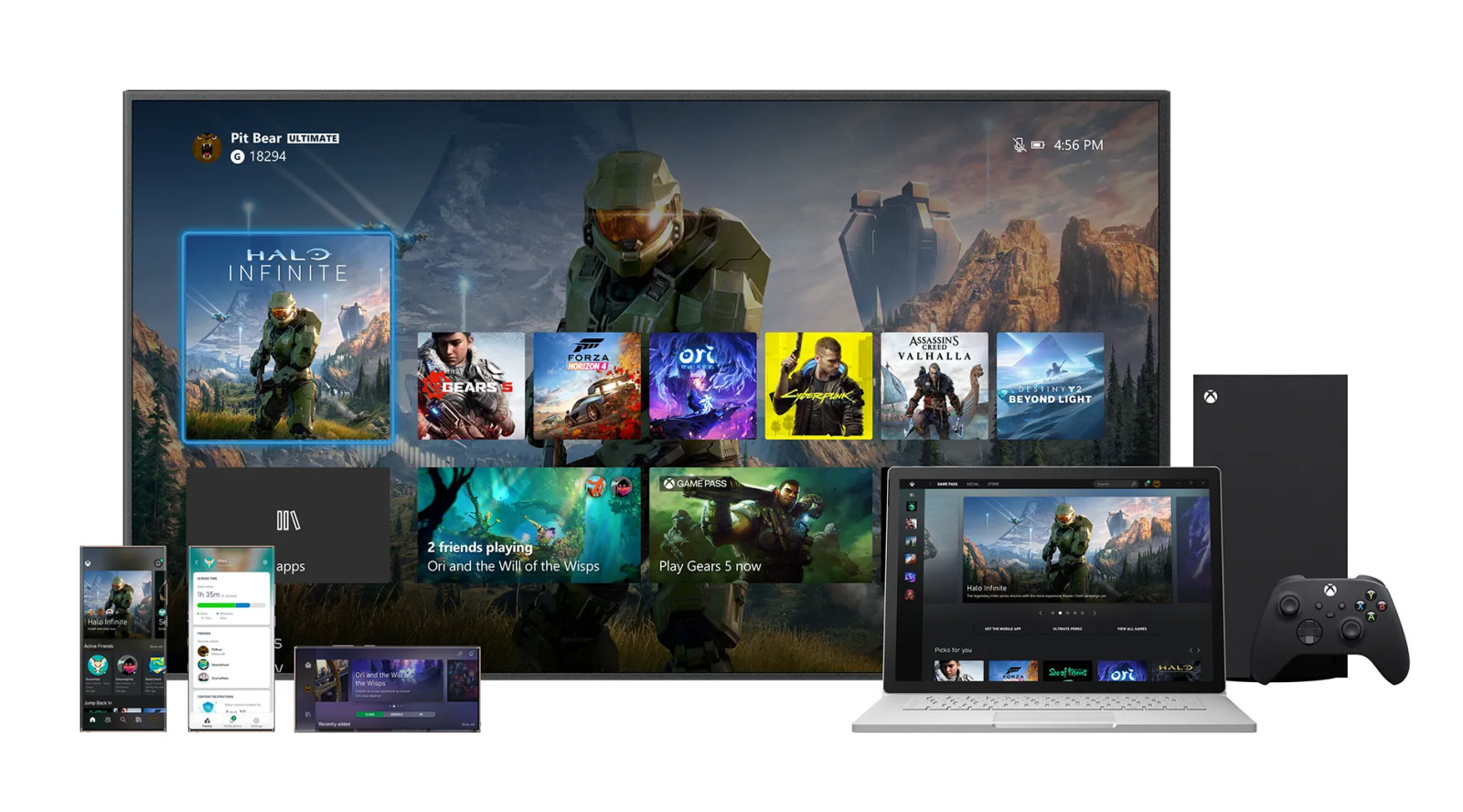Focusing too much on Xbox's hardware decline misses the point

Photo: Xbox

Microsoft recently released its Q1 2024 financial results (fiscal Q3). Gaming revenue was up +51% and Xbox content / services revenue was up +62%. These gains mostly came from Microsoft’s Activision Blizzard acquisition.
Xbox is reaping the revenue benefits of Call of Duty, Candy Crush, and Blizzard’s catalogue. This inorganic acquisition growth actually offset a -5% drop in gaming revenue, as well as flat Xbox content / services growth for Xbox.
Operational costs spiked +41% in Microsoft’s ‘’More Personal Computing’’ segment – again, mostly thanks to the acquisition. Xbox unfortunately fired 1,900 people in its gaming division in late January – a common practice following mergers and acquisitions (M&A), so these costs might be lower in coming quarters.
Despite Xbox’s great revenue and engagement boosts, Xbox hardware revenue was down -30%. This is nothing new for Xbox as of late, but the most recent decline was the biggest by a significant margin.
It is tempting to see this as a doom and gloom signal for Xbox, which is the clear number three in the console race right now. But that misses the bigger picture and Xbox’s strategy shift of the past five years.
Xbox is NOT a hardware brand (anymore)
Xbox saw the writing on the wall during the tail end of the Xbox One generation, when it focused on TV and entertainment, bulldozing the huge gains it made among gamers during the Xbox 360 generation. The major lesson here: don't ignore your core fandom.
Having lost the most important console generation, Xbox has since then positioned itself as a services brand – not hardware – to safeguard itself for the future. It has poured money into its cloud, PC, and services operations alongside its console offering. It also entered mobile in a huge way due to the Activision Blizzard acquisition, which includes King, the maker of match-3 juggernaut Candy Crush.
Xbox has been steadfast in its goal of reaching 3 billion gamers. As we show in our global games industry forecasts, that is impossible when looking at console alone.
Featured Report
MIDiA Research 2026 predictions Change is the constant
Welcome to the 11th edition of MIDiA’s annual predictions report. The world has changed a lot since our inaugural 2016 edition. The core predictions in that report (video will eat the world, messaging apps will accelerate) are now foundational layers of today’s digital economy.
Find out more…Most companies lack Apple’s luxury of charging huge margins for hardware (while also monetising others’ software), so most games consoles barely break even or are even sold at a loss.
Simply put, hardware does not matter as much for Xbox’s plans of reaching 3 billion gamers. It must, of course, cater to current console players during this transition, though. And Xbox is certainly vulnerable during this transitionary period. It must not alienate its core mostly-console-first fans with its new experiments across PC, mobile, PlayStation, and Switch.
What matters for Xbox’s future then? As with all service companies, growing and retaining user bases and offering exciting content for consumers are at the heart of it. Xbox is trying to get all its ducks in a row there.
The metrics that matter to Xbox and its future vision
In addition to the revenue gains, Xbox saw the following positive outcomes in Q1:
- A new Q1 record for monthly active devices, Xbox console usage, and cloud gaming hours, showing that engagement is growing – a more important metric than hardware for a services brand.
- The company’s game releases on non-Xbox platforms like PS5 and Switch are performing well so far, with seven of the top 25 games on the PlayStation store being published by Xbox.
- Game Pass subscribers played over 10 million hours of Diablo IV, the first Activision Blizzard game to launch on the service. It was the biggest first-party Game Pass launch, despite Diablo IV launching last year and being out of the gaming zeitgeist.
So, while hardware is in decline year on year, and will likely remain so in coming quarters for this year, the metrics that matter are all on track for now. It is pivotal, however, that Xbox continues to balance out its hardware decline with software revenues, subscription numbers, and engagement.
Content is the backbone of Xbox’s future, and the company’s various M&A activities over the years mean it is now more than equipped to deliver in terms of studios:
More to come for Xbox
Xbox has to cater to its fans while entering other verticals and platforms. Luckily, it has plenty in its pipeline:
- This autumn, we will hear more about a new Xbox console that will deliver ‘’the largest technical leap you will have ever seen in a hardware generation’’, according to Xbox President Sarah Bond. Xbox has not forgotten about its core console fans and is catering to them while also expanding elsewhere. It has mostly learned from its Xbox One woes. After all, console is and will remain a huge segment for Xbox. Even though it is eyeing other verticals, it cannot leave its millions of console fans behind.
- An Xbox Games Showcase is happening on June 9, which for the first time includes games from Activision, Blizzard, Bethesda, and Xbox – as well as third-party content. Xbox has had plenty of huge content in the oven for years now, and it seems the fruits of its M&A labours are about to bear fruit.
- More Activision content coming to Game Pass, perhaps including the new Call of Duty at launch, would be a boon for the company’s subscriber numbers.
- A planned Xbox mobile store is now a bigger possibility than ever, thanks to regulators cracking down on the app store duopoly in the West.
Beyond this, rumours of a portable Xbox console (a dedicated Game Pass machine) are whirling. We can expect to see even more Xbox multi-platform content too. More content on more screens and platforms means more engagement, reaching more consumers, and – ultimately – revenues.
Xbox might have lost the so-called console war again, but it is positioning itself for a bigger big-tech battle altogether: the zero-sum game of consumer engagement.

There is a comment on this post, add your opinion.